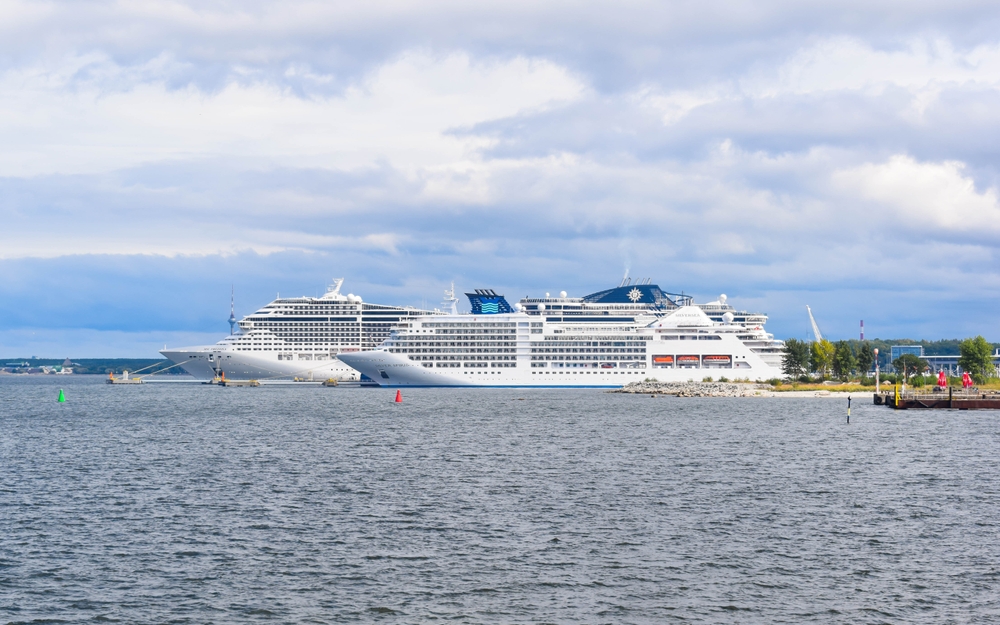Environmental Overview
Estonia is a small country located in Northern Europe, known for its diverse landscapes and rich biodiversity. The country's natural resources, including its rivers, lakes, coastlines, and forests, are essential for its economy and quality of life. However, like many countries around the world, Estonia faces several environmental challenges that threaten these resources.
Rivers
Estonia is home to several important rivers, including the Emajõgi, which is the longest river in the country, and Narva River, which forms part of the country's eastern border with Russia. The rivers support a diverse array of plant and animal species, including several species of fish, birds, and mammals. However, the rivers also face pollution from agricultural runoff, industrial waste, and sewage.
Lakes
Estonia has numerous lakes, including Lake Peipsi, which is the fourth largest lake in Europe and shared with Russia. The lake supports a diverse array of fish species, including pike, smelt, and European perch. However, the lake also faces pollution from agricultural runoff, sewage, and industrial waste.
Coastlines
Estonia has a long coastline along the Baltic Sea. It supports a diverse array of marine life, including several species of fish, seals, and seabirds. The country's coastal wetlands are also important for the health of the ecosystem and provide important habitat for birds and other wildlife. However, the coastline faces several environmental challenges, including pollution from shipping and offshore drilling, overfishing, and habitat destruction.
Reefs
Estonia has several important coral reefs, including the Matsalu Bay reef system, which is home to several species of coral and fish. The reef supports a diverse array of marine life, including sea anemones, starfish, and sea urchins. However, the reef faces several threats, including pollution from shipping and offshore drilling, overfishing, and habitat destruction.
Mountains
Estonia does not have significant mountain ranges, as the country is primarily covered by forests and wetlands. However, the country has several hilly regions, including the Haanja Uplands, which are known for their rich biodiversity and important habitats for birds and other wildlife.
Deserts
Estonia does not have significant desert regions, as the country is primarily covered by forests and wetlands. However, the country does face desertification and soil degradation in some areas due to overgrazing and agricultural practices.
Air Quality
Estonia has relatively good air quality compared to many other countries in the region, but pollution from industrial activities and transportation is still a concern, particularly in urban areas. The country has implemented measures to reduce air pollution, including the promotion of clean energy and the regulation of industrial emissions. However, continued efforts are needed to ensure that the country's air quality meets international standards and to address the ongoing impacts of climate change.
Conclusion
Estonia's natural resources, including rivers, lakes, coastlines, reefs, and forests, are essential for the health and well-being of the country's flora, fauna, and human habitation. However, like many countries around the world, Estonia faces environmental challenges that threaten these resources. Efforts are needed to protect and conserve these valuable resources for future generations.
Copyright © 1993—2025 World Trade Press. All rights reserved.

 Estonia
Estonia 


